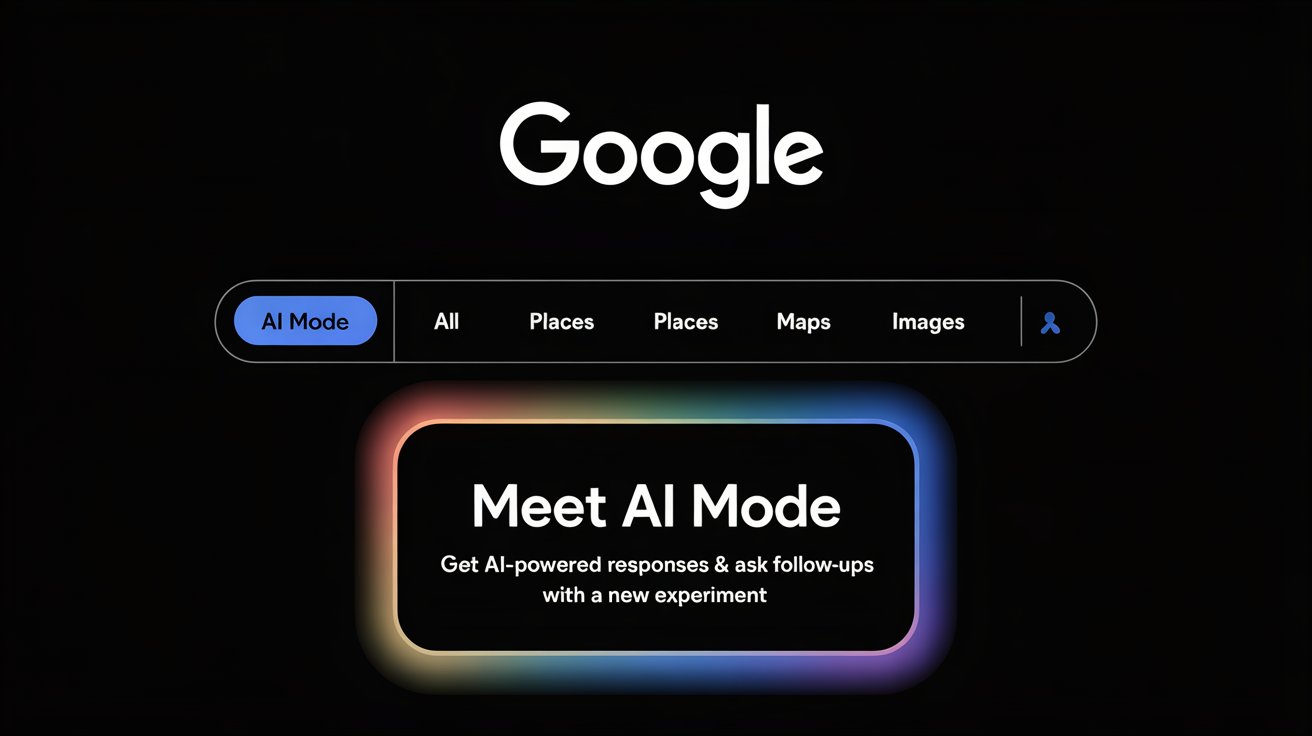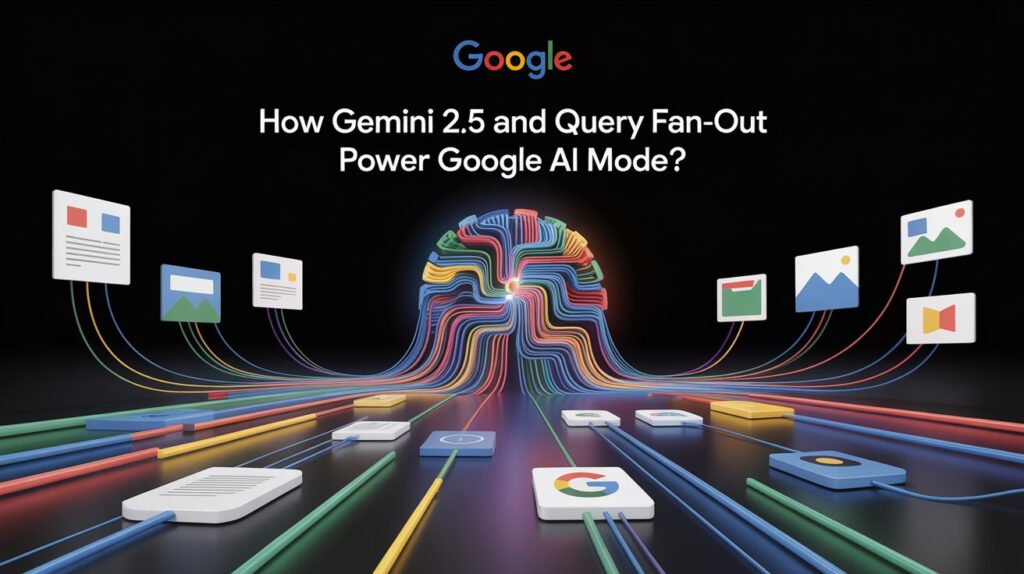
Dia Browser: The Future of AI Web Browsing
- Artificial Intelligence (AI)

Google’s AI Mode is reshaping the landscape of online information discovery, offering users a conversational and synthesized search experience.
This new feature, powered by advanced artificial intelligence, aims to provide direct, comprehensive answers to complex queries, moving beyond the traditional list of blue links.
As this technology becomes more integrated into our daily searches, it presents both a paradigm shift for users and a significant new frontier for content creators and marketers. Understanding the intricacies of Google AI Mode is key to navigating this evolving digital environment.
Google AI Mode is an interactive search experience that provides users with direct, AI-generated answers to their queries. It functions like a conversational partner, allowing for follow-up questions and a more in-depth exploration of topics within the search interface itself.
This mode is designed to handle complex, multi-faceted questions that might have previously required multiple searches. By synthesizing information from various web sources, AI Mode presents a comprehensive overview directly on the results page.
The technology behind AI Mode is a custom version of Google’s Gemini 2.5 model, which enables more advanced reasoning and multimodal capabilities, including the use of text, images, and voice.
This allows for a more intuitive and seamless search experience, akin to having a conversation with a knowledgeable assistant. AI Mode is distinct from AI Overviews, which are static summaries for specific queries, by offering a more interactive and ongoing dialogue.
Accessing Google AI Mode is a straightforward process, though availability is currently limited to users in the U.S. with personal Google accounts. Here are the primary ways to activate the feature:
It’s important to note that the feature is still evolving, so the interface and access points may change.
Google AI Mode excels at handling queries that are complex, conversational, or require planning and comparison. Its capabilities go far beyond simple fact-finding.
Here are some practical examples of how it can be used:
These use cases demonstrate how AI Mode shifts search from a simple Q&A to a dynamic problem-solving tool.
At the heart of Google AI Mode is a specially adapted version of the Gemini 2.5 model, one of Google’s most advanced AI achievements. This powerful model gives AI Mode its enhanced reasoning and multimodal capabilities, allowing it to understand and process complex and nuanced questions.

A key technological innovation that sets AI Mode apart is the “query fan-out” technique. When a user enters a complex query, AI Mode breaks it down into multiple related sub-queries and conducts simultaneous searches across a wide range of data sources.
The system then synthesizes the information from these parallel searches to construct a single, comprehensive, and easy-to-understand response. This approach enables AI Mode to deliver a greater depth and breadth of information than a traditional search.
While both AI Mode and AI Overviews are part of Google’s push into AI-driven search, they serve different functions and offer distinct user experiences.
AI Overviews are AI-generated summaries that appear at the top of the search results for certain queries. They are designed to provide a quick, at-a-glance answer to a question by synthesizing information from top-ranking web pages. These overviews are generally static and do not facilitate an ongoing conversation.
AI Mode, in contrast, is a fully immersive and interactive experience. It’s designed for deeper exploration and can handle complex, multi-part questions. The key difference lies in its conversational nature; users can ask follow-up questions, and AI Mode will maintain the context of the conversation to provide relevant subsequent answers.
Here’s a breakdown of the key distinctions:
| Feature | AI Overviews | AI Mode |
| Interaction | Static, one-off summary | Conversational, allows follow-ups |
| Complexity | Best for simpler, informational queries | Handles complex, multi-part questions |
| User Experience | Appears above traditional search results | A dedicated, immersive interface |
| Underlying Tech | Powered by Gemini models | Utilizes a custom, more advanced Gemini 2.5 model |
Recommended Reading: 7 Common HP Laptop Screen Problems: Causes & Quick Fixes
The introduction of AI Mode brings a host of advantages and potential drawbacks for the everyday user.
The primary benefit of AI Mode is its ability to provide quick and comprehensive answers to complex questions, saving users the time and effort of sifting through multiple websites.
This can be particularly useful for research, planning, and making comparisons. The conversational nature of AI Mode also allows for a more natural and intuitive way to explore topics in depth.
As with any emerging AI technology, there are concerns about the accuracy of the information provided. AI models can sometimes “hallucinate” or present incorrect information with confidence.
There’s also the risk that users may become over-reliant on these AI-generated summaries and less likely to engage in critical thinking or explore primary sources.
Google AI Mode is poised to have a significant impact on search engine optimization (SEO) and how content is created and consumed.
The direct-answer format of AI Mode means that users may be less likely to click through to individual websites, which could lead to a decline in organic traffic for many publishers. However, being cited as a source within an AI Mode response can enhance a brand’s visibility and authority.
To adapt to this new environment, content creators will need to focus on producing high-quality, well-structured, and authoritative content that is easily digestible by AI models. This includes using clear headings, concise language, and providing in-depth information that directly answers potential user questions.
Optimizing for AI Mode requires a shift in content strategy. Here are some key considerations:
Recommended Reading: 500+ Best Instagram Story Captions Ideas: Aesthetic & Fun 2025
Google is actively exploring how to integrate advertising into AI Mode in a way that is both effective for advertisers and non-intrusive for users.
Ads are expected to appear within or alongside AI-generated responses, particularly for queries with commercial intent.This presents new opportunities for advertisers to reach users with highly relevant and targeted messaging.
The rise of AI Mode is a clear indication that the future of search will be more conversational, personalized, and intelligent. As Google continues to refine and expand its AI capabilities, we can expect search to become an even more powerful tool for information discovery and task completion. This evolution will undoubtedly continue to shape how we interact with the digital world.
In conclusion, Google AI Mode: The Future of Search Is Here, representing a significant step forward in the evolution of search. By providing a more conversational, intuitive, and comprehensive way to access information, it has the potential to transform how we learn, research, and make decisions online.
While there are challenges and uncertainties to address, particularly for content creators and marketers, the overarching trend is clear: the future of search is intelligent, and it is here. Adapting to this new reality will be crucial for anyone looking to thrive in the digital landscape.
Google AI Mode is revolutionizing search by blending advanced AI with natural conversation, making information access smarter and more seamless. It’s not just a new feature it’s a shift in how we interact with the web.
As this tool continues to evolve, staying informed and adapting content strategies will be essential for users, creators, and marketers alike to make the most of this transformative technology.
